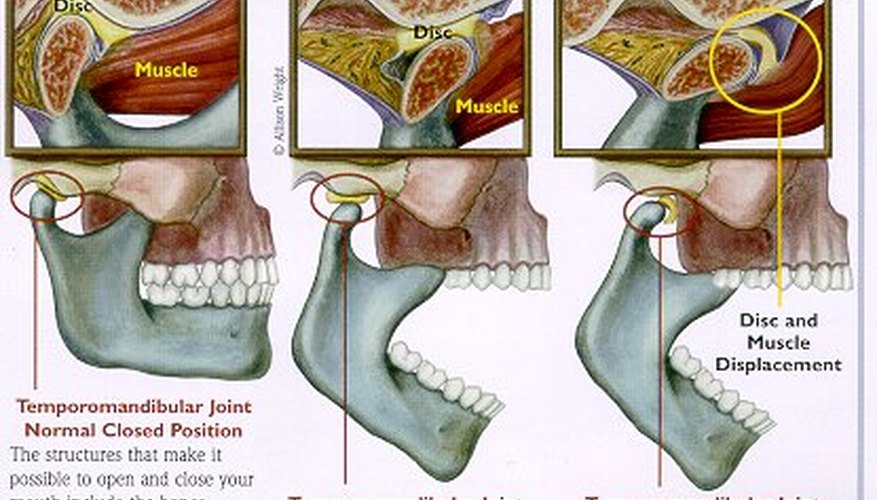Temporomandibular joint diseases and disorders, commonly called TMJ, can have any range of symptoms, from headaches to neck, shoulder and back pain. Sinus pain, pain behind the eyes, visual disturbances, ringing in the ears, dizziness, depression and grinding teeth are also symptoms of TMJ. The National Institutes of Health estimates that 10.8 million people suffer from TMJ problems in the United States, and 90 per cent of those sufferers are women in child-bearing years.
Visual Snow
TMJ and visual snow (mild hysterical blindness) are both neurotic symptoms and are related. It is anxiety that converts to physical symptoms.
Visual Symptoms
Flashes of light and pain around the eye area, sensitivity to light, blurriness, foggy vision, eye floaters and inability to focus can all be symptoms of TMJ.
Misconceptions
Most people would not relate the many symptoms of TMJ to the disease. It is believed to be disease of the jaw, so many never relate visual problems or neck, shoulder and back pain to TMJ. It can be very difficult to diagnose.
Prevention/Solution
To help prevent or cure TMJ, wear a mouth guard at night, avoid excessive movement of the jaw, don't chew gum and learn relaxation techniques.
Treatment
Applications of heat and cold along with pain relievers seem to work for most flare-ups of TMJ. Rest your jaw by going on a soft or liquid diet for a few weeks or restrict jaw movement by taking small bites. Cortisone injections are another option, as is wearing a mouth guard. There are also various surgical techniques available, although these should only be considered as a last resort.
- Applications of heat and cold along with pain relievers seem to work for most flare-ups of TMJ.
- There are also various surgical techniques available, although these should only be considered as a last resort.
